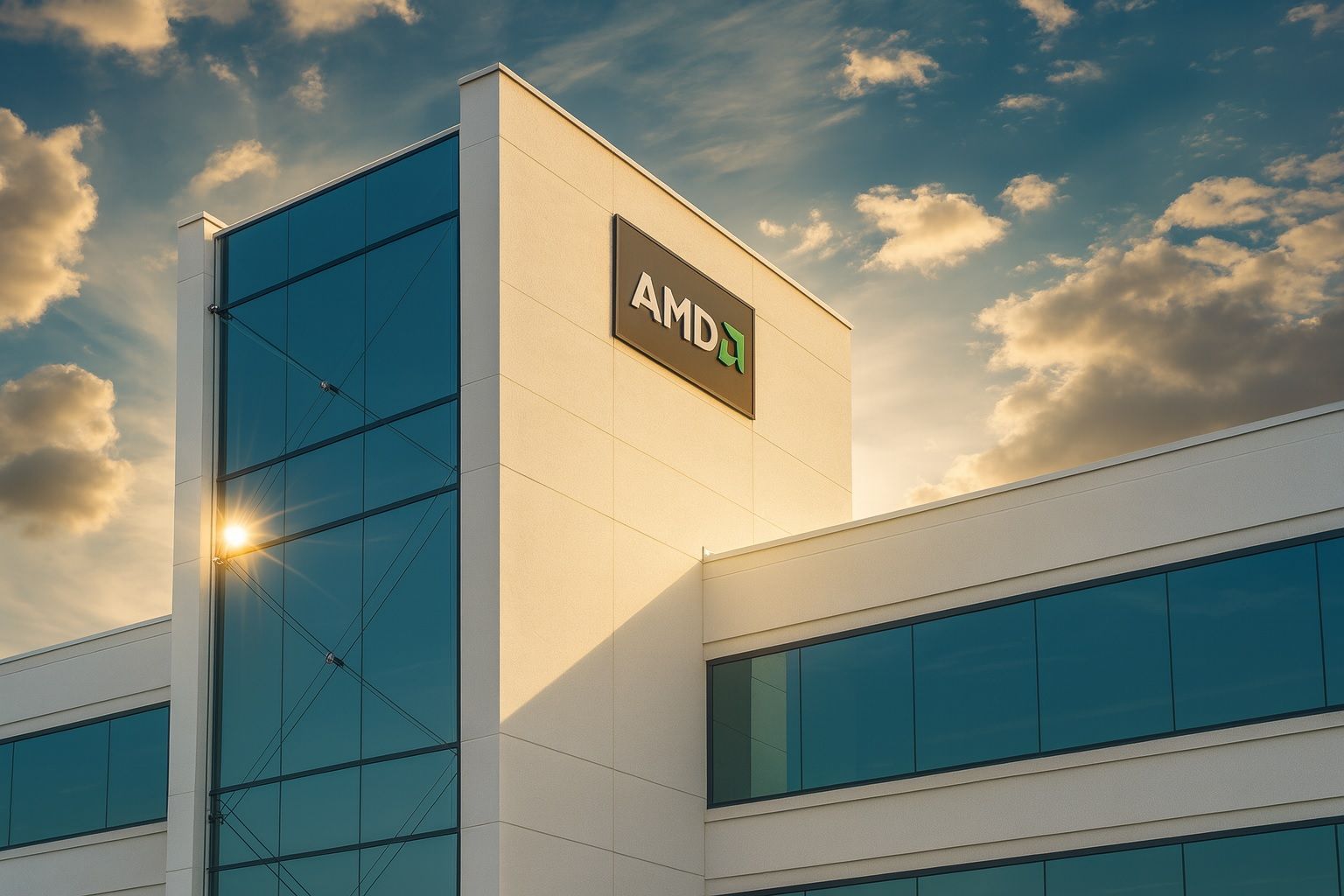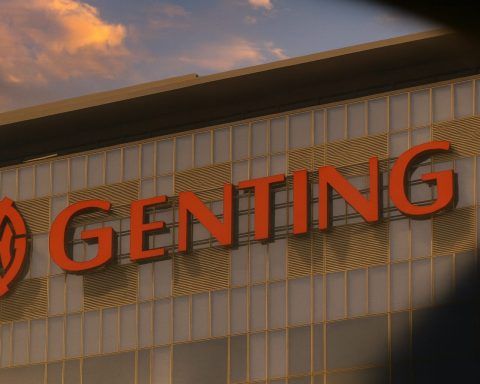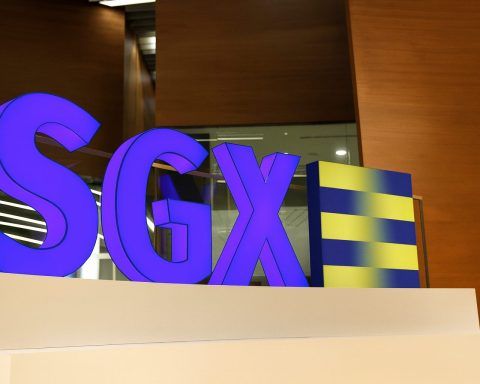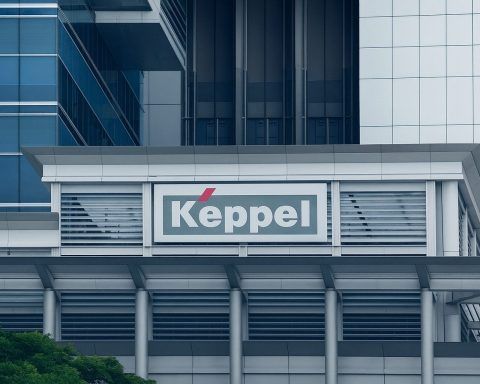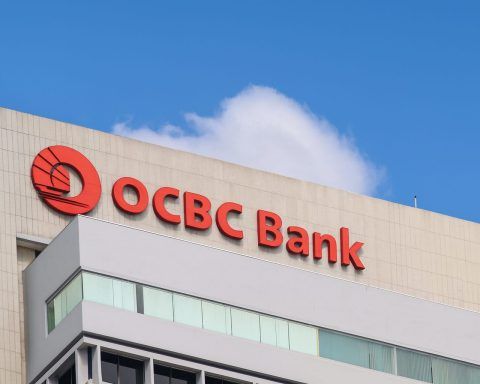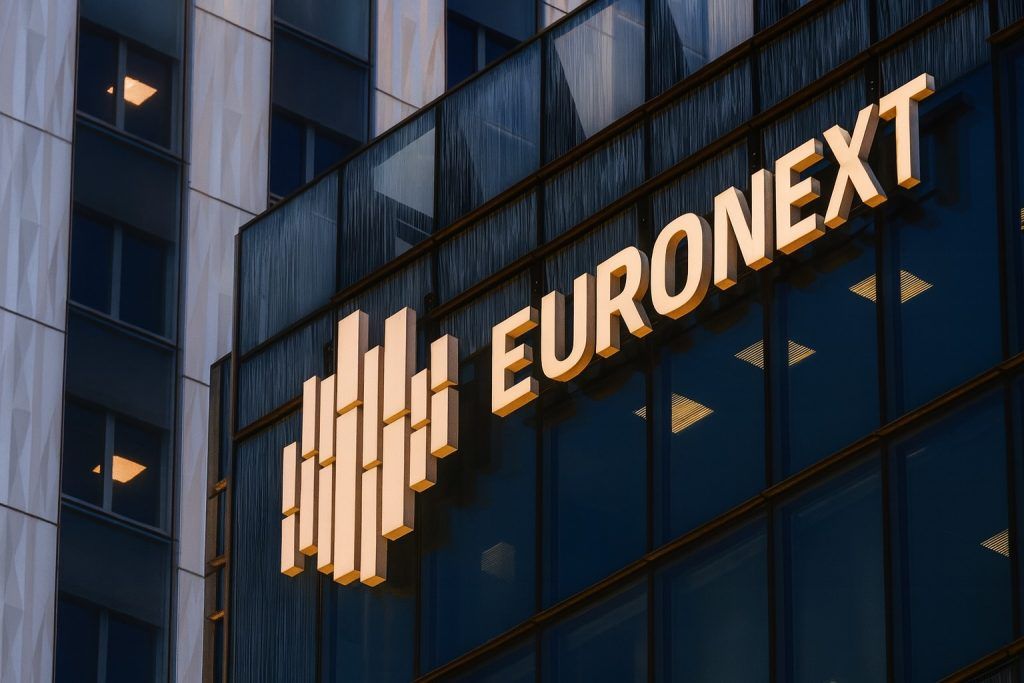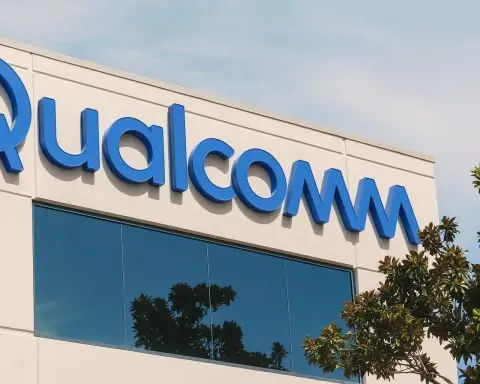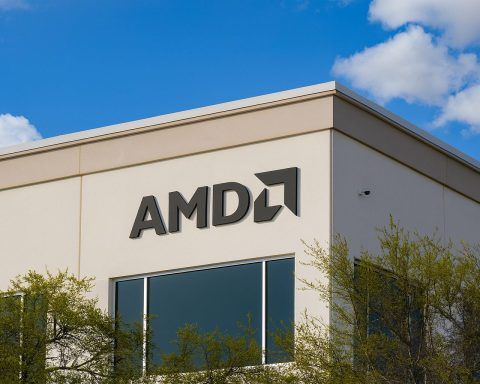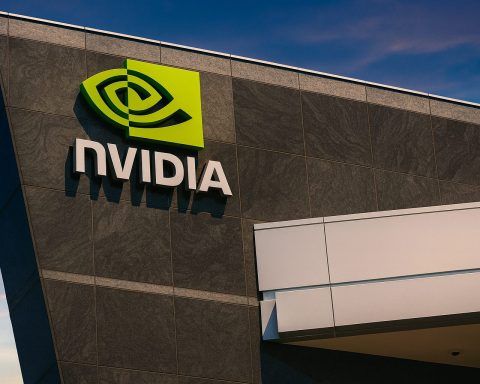- Unprecedented Mega-Deals: In late 2025, OpenAI struck landmark partnerships to secure 16 gigawatts of cutting-edge AI computing from Nvidia and AMD, fueling what analysts call a $1 trillion AI infrastructure boom [1] [2]. These deals are highly unusual and “circular,” involving companies investing in each other while funding massive GPU orders [3] [4].
- Nvidia’s $100 B Investment:Nvidia agreed in September to invest up to $100 billion in OpenAI and supply 10 GW of its next-gen “Vera Rubin” AI supercomputers [5] [6]. This first-ever direct deal (previously OpenAI bought Nvidia chips via cloud providers) makes Nvidia a shareholder in OpenAI [7] [8]. Nvidia’s CEO Jensen Huang said the partnership will help OpenAI build its own “self-hosted” AI data centers – essentially preparing OpenAI to become a hyperscale cloud in its own right [9].
- AMD’s 6 GW Deal & 10% Stake Twist: On Oct 6, AMD unveiled a multi-year pact to provide 6 GW of AI GPU clusters to OpenAI (starting with new MI450 chips in 2026) [10] [11]. In return, OpenAI received warrants to buy up to 160 million AMD shares (~10% of the company) at $0.01 each – vesting only if it installs all the chips and AMD’s stock hits aggressive targets (up to $600/share) [12] [13]. This equity sweetener means if AMD’s AI business soars, OpenAI reaps huge upside – a “clever” incentive aligning both parties’ fortunes [14]. AMD called the alliance “certainly transformative…for the industry” [15].
- Market Reactions: Investors reacted swiftly. AMD’s stock skyrocketed ~30% in a single day on the OpenAI deal – its biggest jump in 9 years – adding about $80 billion in value [16]. Shares hit the low $200s (a new high, nearly double their start-of-year level) [17]. By contrast, Nvidia’s stock (valued around $1 trillion+) dipped ~1–2% on fears of a new challenger [18] [19], though it remains near all-time highs after a huge 2025 run-up. Oracle’s stock has also been a big winner – up nearly 90% this year – after inking major OpenAI cloud contracts under the “Stargate” project [20].
- “Stargate” Super-Cloud: Beyond Nvidia and AMD, OpenAI partnered with Oracle and SoftBank on a colossal “Stargate” initiative to build AI supercomputing centers. Oracle’s cloud unit signed a $300 billion deal to host OpenAI’s compute, and with SoftBank is adding five new U.S. data centers to reach a $500 billion, 10 GW infrastructure goal [21] [22]. Similar expansions are planned in the U.K. and Europe (“Stargate UK”), all aimed at ensuring OpenAI has unrivaled computing power on demand. Sam Altman, OpenAI’s CEO, remarked “AI can only fulfill its promise if we build the compute to power it” [23] – underscoring the driving belief behind these investments.
- Massive Stakes & Risks: On paper, OpenAI’s 2025 deals now total roughly $1 trillion in future commitments [24] – an eye-popping bet on AI’s growth. Altman signaled “you should expect much more from us in the coming months” [25], hinting at further partnerships ahead. However, OpenAI’s current revenue (~$4.5 billion in H1 2025) is nowhere near the scale of its spending ambitions [26]. Critics warn the funding is a complex “shell game,” with tech giants underwriting their own sales to OpenAI in exchange for equity [27] [28]. If AI demand or OpenAI’s execution falter, these intertwined deals could expose all players to significant risk. Regulators are also watching for any anti-competitive implications as Nvidia, for example, takes an ownership stake in a top customer while supplying others [29].
OpenAI’s Insatiable Need for AI Compute
OpenAI – maker of ChatGPT and GPT-4 – has made it clear that access to massive computing power is the biggest constraint on advancing AI [30]. Training and running ever-larger AI models requires tens of thousands of cutting-edge GPUs and enormous electricity and cooling resources. Sam Altman has likened today’s AI race to an “arms race” for silicon and server space, saying OpenAI must “build enough AI infrastructure to meet its needs” [31]. In Altman’s view, current cloud data centers are not sufficient for the next generation of AI – “we have decided that it is time to go make a very aggressive infrastructure bet,” he explained [32]. This backdrop sets the stage for OpenAI’s recent mega-deals with chipmakers and cloud partners. They are essentially buying (or co-building) an AI supercloud to fuel future models – before someone else (or the market’s limitations) slows them down.
Nvidia’s $100 B “Win-Win” Partnership
Nvidia, the longtime leader in AI graphics processors, surprised the industry in late September by announcing a direct deal with OpenAI. Under the agreement, Nvidia will invest up to $100 billion in OpenAI and help design at least 10 GW of AI data centers loaded with Nvidia’s next-generation GPU systems [33]. In essence, Nvidia is fronting huge sums (and technology) to ensure OpenAI’s future infrastructure relies on Nvidia hardware – and in return, Nvidia receives equity that makes it an OpenAI shareholder [34] [35].
Nvidia’s CEO Jensen Huang discussed the arrangement on CNBC, noting that previously OpenAI bought Nvidia chips indirectly via platforms like Microsoft Azure and Oracle’s cloud [36]. Now, “this is the first time we’re going to sell directly to them,” Huang said [37]. The plan includes far more than just GPUs – Nvidia will deliver entire AI supercomputers (“Vera Rubin” systems), networking gear, and services to “prepare” OpenAI for the day it runs its own data centers [38]. Huang envisions OpenAI evolving into a “self-hosted hyperscaler” – essentially building a new top-tier cloud provider focused on AI [39].
Analysts have pointed out the circular nature of this deal: Nvidia is financing its customer (OpenAI) to buy more Nvidia chips [40]. While that raises eyebrows, proponents call it a “win-win” – OpenAI gets the hardware it desperately needs on credit, and Nvidia secures a captive client for its next-gen products (plus an equity stake upside). Huang did admit OpenAI “doesn’t have the money yet” for all this gear, estimating each 1 GW of AI data center capacity costs $50–60 billion when you add up land, power, servers, etc. [41] [42]. In other words, the full 10 GW build-out could cost $500–600 billion, aligning with the Stargate project’s budget. Nvidia is essentially betting that by the time these supercomputers come online (the first 1 GW of Vera Rubin systems arrives in late 2026 [43] [44]), OpenAI and the broader AI market will generate enough value to justify the enormous upfront investment.
This bold partnership also cements Nvidia’s role at the heart of AI. Despite rising competition, Nvidia still “sells every AI chip it can make” [45]. Gaining OpenAI’s next-gen business helps fend off rivals and could yield a huge payoff if OpenAI’s valuation soars. (Notably, OpenAI’s private valuation hit ~$500 billion in 2025 [46], and could climb higher if its AI services and potential IPO materialize). However, the deal could attract regulatory scrutiny down the line. If Nvidia’s stake and influence over a major AI player grow too large, antitrust regulators might question whether it’s “gaining undue control over the AI supply chain,” as some analysts warn [47]. For now, though, Nvidia’s move underscores that it is all-in on AI’s future – even if that means unconventional financing to lock in a key customer.
AMD’s “Game-Changing” OpenAI Alliance
Hot on the heels of Nvidia’s announcement, AMD – Nvidia’s chief GPU rival – landed its own blockbuster deal with OpenAI. On October 6, AMD revealed a multi-year agreement to supply OpenAI with hundreds of thousands of AI accelerators (GPUs) totaling 6 GW of compute capacity [48] [49]. This was a breakthrough moment for AMD, which has long played second fiddle to Nvidia in AI chips. OpenAI named AMD a “core strategic compute partner” and agreed to collaboratively develop AMD’s next-gen Instinct MI300/MI450 chips for OpenAI’s needs [50] [51]. In practical terms, once AMD’s new silicon is ready (the first 1 GW of MI450 GPUs is slated for 2026), OpenAI will start deploying them across its data centers alongside Nvidia gear [52] [53].
What truly set the AMD deal apart was the equity kicker involved. OpenAI didn’t put cash down up front; instead, AMD granted OpenAI a warrant to buy up to ~160 million AMD shares at $0.01 – roughly 10% of AMD – if certain milestones are met [54]. Those milestones include OpenAI actually consuming the 6 GW of hardware and AMD’s stock reaching very ambitious heights (the final tranches vest only if AMD’s share price hits $600) [55] [56]. Essentially, if the partnership succeeds wildly – i.e. AMD’s AI chip business explodes and its stock perhaps triples – OpenAI gets to own a big chunk of AMD for basically nothing. That gives OpenAI a strong incentive to make the AMD project a success (it could earn tens of billions via that equity), while AMD secures a marquee customer and potential shareholder. Industry observers described this structure as pay-for-performance: it’s like a rebate in hindsight – OpenAI will effectively get part of its money back, but only if AMD’s fortunes soar thanks to the deal [57].
AMD executives were jubilant about the partnership. Forrest Norrod, AMD’s data center chief, called it “certainly transformative, not just for AMD, but for the dynamics of the industry” [58]. The scale is indeed transformative for AMD – the company said the OpenAI deal and related business could bring in “tens of billions” in annual revenue at full ramp [59]. For context, AMD’s total revenue in 2024 was under $25 billion [60], so serving OpenAI could eventually double or triple AMD’s business. Little wonder that analysts hailed the deal as a “major vote of confidence” in AMD’s AI technology [61]. It instantly positions AMD as a credible #2 alternative to Nvidia for AI workloads [62] [63]. In fact, one Reuters analyst noted that having OpenAI as a flagship customer “validates AMD’s AI road-map” and will likely “attract other cloud providers to consider AMD’s GPUs” going forward [64].
The stock market’s reaction underscored the significance. AMD’s stock surged 34% on the news – its largest one-day gain since 2016 – and kept climbing to new highs [65]. Within days, AMD’s share price hit roughly $230 (up from the $160s before) [66], vaulting AMD’s market capitalization to around $400+ billion. That’s still only a fraction of Nvidia’s valuation, but it marked a 90%+ increase for AMD’s stock in 2025 [67] [68]. Wall Street quickly revised targets upward: e.g. Jefferies upgraded AMD to “Buy” with a $300 price target after the OpenAI deal [69]. Nonetheless, some cautious voices remind that AMD’s rosy future is now baked into its stock – at ~90× earnings, skeptics argue AMD must execute flawlessly to justify the hype [70]. The real test will come as AMD races to deliver the promised chips on time. Most of the 6 GW order will be fulfilled in 2026–2027, since new MI450 GPUs need to be developed and mass-produced first [71]. Any delay or performance issue could jeopardize AMD’s moment. Moreover, OpenAI isn’t exclusive to AMD – just weeks prior, OpenAI re-upped with Nvidia for next-gen systems [72]. It’s clear OpenAI intends to dual-source its hardware, leveraging both Nvidia and AMD (and possibly others like Broadcom, which OpenAI has explored for custom chips [73]). So AMD will still compete hard for each tranche of OpenAI’s spend. But for now, AMD has undeniably broken into the top tier of AI suppliers – a coup that reshapes the competitive landscape after years of Nvidia dominance.
Oracle’s Stargate: Building AI Cities of Compute
No discussion of OpenAI’s infrastructure push is complete without Oracle – the enterprise tech giant whose cloud division has aligned itself closely with OpenAI. Earlier in 2025, Oracle and OpenAI announced “Project Stargate,” an ambitious private-sector plan (backed by the U.S. government) to spend up to $500 billion on AI data centers across America [74] [75]. Under Stargate, Oracle became a primary cloud host for OpenAI, committing to build and operate huge new server farms dedicated to AI. In late September, OpenAI, Oracle, and Japan’s SoftBank revealed plans for five new AI super-center sites in Texas, New Mexico, Ohio and beyond [76] [77]. This expanded Stargate’s scope to 10 GW of capacity (roughly 8 mega data centers), keeping it ahead of schedule toward the full half-trillion dollar investment target [78]. “AI can only fulfill its promise if we build the compute to power it,” Sam Altman said in that announcement [79], underlining that AI breakthroughs require commensurate breakthroughs in infrastructure.
Oracle’s partnership with OpenAI actually came with its own massive price tag: a $300 billion cloud services deal was reportedly signed to handle OpenAI’s U.S. workloads [80]. This essentially guaranteed Oracle a huge volume of OpenAI’s cloud hosting business, putting it in competition with Microsoft Azure for OpenAI’s compute needs. The result has been a major boon for Oracle – the legacy database company’s cloud pivot got new life from AI, with Oracle shares up nearly 87% in 2025 after the OpenAI contracts [81]. Oracle’s founder Larry Ellison said Oracle will “spend whatever it takes” to build AI supercomputers for OpenAI, signaling how strategic the tie-up is for Oracle’s future [82].
To finance and execute Stargate’s gargantuan build-out, SoftBank (the Japanese tech investment conglomerate) joined as a partner and investor. SoftBank and its Vision Fund have put funds into new data center projects and even acquired a stake in OpenAI according to reports [83]. The U.K. arm of Stargate is also underway (“Stargate UK”), with support from sovereign funds (even the UAE was said to be involved in funding some infrastructure) [84]. In total, by October 2025 OpenAI had commissioned 10 GW in the US via Stargate and additional capacity abroad [85] – a scale on par with the world’s largest cloud providers. Altman has essentially rallied a coalition of deep-pocketed allies (Oracle, cloud providers, chipmakers, and nations) to ensure OpenAI isn’t bottlenecked by compute. This strategy spreads the astronomical costs among many stakeholders, but also entwines OpenAI with them. It’s a bold approach to build “AI cities” of compute now, on the faith that revolutionary AI products will eventually make it all worthwhile.
High Hopes vs. Hard Economics
OpenAI’s flurry of deals in 2025 represents an unprecedented wager on AI’s future. On paper, the various partnerships – with Oracle, SoftBank, Nvidia, AMD, and others – sum to nearly $1 trillion in commitments for building AI systems and infrastructure [86]. That figure, almost surreal in size, reflects the feverish optimism surrounding artificial intelligence. Never before has a startup orchestrated such a web of mega-alliances to bankroll its growth. Sam Altman has voiced supreme confidence: “I’ve never been more confident in the research road map in front of us and the economic value that will come from [future AI] models,” he said, arguing that these investments will eventually pay for themselves [87] [88]. He also made clear that OpenAI “can’t get to all of that…on its own” – hence partnering with “a lot of people” across the industry to share the load [89]. In Altman’s view, scaling AI to its full potential is a collective effort, requiring support “from the level of electrons to model distribution” [90]. In other words, from the chips and power (electrons) up to software and users, OpenAI is enlisting allies to build an entire ecosystem.
Still, the discrepancy between vision and current reality is stark. OpenAI’s revenue for the first half of 2025 was about $4.5 billion [91], mostly from licensing its AI models via APIs and partnerships. Even extrapolated, a ~$10 billion annual revenue is a far cry from the hundreds of billions in costs it is signing up for. The company will almost certainly require massive new financing to fund its share of these projects – likely through additional equity raises, debt, or pre-selling AI services. Some experts caution that the deals involve a lot of financial engineering. By having suppliers invest in OpenAI or accept stock warrants, OpenAI is “structuring deals so that other companies basically pay for OpenAI’s toys in exchange for future benefits” [92]. It’s a bit like a startup convincing vendors to give it stuff now for cheap, betting that down the road it will be rich enough to make everyone whole (and then some). This buy now, pay later approach to AI at scale is both innovative and risky. If OpenAI’s forthcoming AI models (e.g. GPT-5 or beyond) succeed and unlock new markets, the strategy could look genius – all partners would share in an AI windfall. But if the AI boom falls short of expectations or hits a wall, these interlocked commitments could become burdensome.
Already, some have dubbed the arrangements a “shell game” or “mega-blob” of circular funding [93], pointing out that much of the $1 trillion is not real cash but rather conditional commitments, equity swaps, and optimistic projections. There is also the human factor: delivering 16+ GW of AI compute on time is an enormous execution challenge. Building data centers, manufacturing advanced chips (amid global supply constraints), and hiring talent to operate all this – none of it is guaranteed to go smoothly. Any delays in Nvidia’s or AMD’s product roadmaps, or construction snags in Stargate’s facilities, could slow OpenAI’s grand plan and potentially drive up costs even more.
Despite the risks, industry sentiment remains largely positive. The consensus is that AI demand will continue to explode, and those who invest early in capacity will reap outsized rewards. “We see this as a game-changer that validates AMD’s AI trajectory,” said one analyst of OpenAI’s moves, capturing the broader view that these partnerships signal a maturing AI ecosystem [94]. Even with competition, Nvidia is expected to thrive given insatiable market hunger for AI chips [95]. Oracle’s cloud gamble on AI could vault it into relevance against the Big Three cloud firms. And for OpenAI, securing multi-source compute supply means it can innovate faster without hitting a resource ceiling. In the words of Sam Altman, “you should expect much more from us” as these projects unfold [96].
Bottom line: OpenAI and its partners are collectively spending unprecedented sums to chase an AI future that they are utterly convinced is coming. This high-stakes strategy is propelling the tech industry into uncharted territory – where corporate alliances look more like joint nation-building ventures, and a startup can command resources on a nation-state scale. The next few years will test whether this grand vision pays off. If it does, we may see AI’s promise realized at an even greater scale – but if not, the hangover for all involved could be equally historic. For now, the AI gold rush is on, and OpenAI’s trillion-dollar bet has cemented its place at the center of the frenzy [97] [98]. As one observer wryly noted, “the man [Altman] is either a genius, or he’s just really, really good at selling the dream” [99] – and so far, everyone is buying in.
Sources: OpenAI/Nvidia/AMD deal coverage by Bloomberg [100] [101] and CNBC/TechCrunch [102] [103]; Reuters reporting on AMD’s surge and OpenAI partnerships [104] [105]; TS2 Tech analysis of the $1T AI infrastructure frenzy [106] [107]; OpenAI press releases and Altman interviews [108] [109]; expert commentary via Reuters and others [110] [111].
References
1. ts2.tech, 2. techcrunch.com, 3. ts2.tech, 4. techcrunch.com, 5. ts2.tech, 6. www.reuters.com, 7. techcrunch.com, 8. techcrunch.com, 9. techcrunch.com, 10. ts2.tech, 11. ts2.tech, 12. ts2.tech, 13. ts2.tech, 14. ts2.tech, 15. www.reuters.com, 16. www.reuters.com, 17. ts2.tech, 18. ts2.tech, 19. www.reuters.com, 20. www.morningstar.com, 21. techcrunch.com, 22. www.reuters.com, 23. www.reuters.com, 24. techcrunch.com, 25. techcrunch.com, 26. techcrunch.com, 27. ts2.tech, 28. ts2.tech, 29. ts2.tech, 30. ts2.tech, 31. www.reuters.com, 32. techcrunch.com, 33. www.reuters.com, 34. techcrunch.com, 35. techcrunch.com, 36. techcrunch.com, 37. techcrunch.com, 38. techcrunch.com, 39. techcrunch.com, 40. techcrunch.com, 41. techcrunch.com, 42. techcrunch.com, 43. ts2.tech, 44. www.reuters.com, 45. www.reuters.com, 46. ts2.tech, 47. ts2.tech, 48. ts2.tech, 49. ts2.tech, 50. ts2.tech, 51. ts2.tech, 52. ts2.tech, 53. ts2.tech, 54. ts2.tech, 55. ts2.tech, 56. ts2.tech, 57. ts2.tech, 58. www.reuters.com, 59. www.reuters.com, 60. ts2.tech, 61. www.reuters.com, 62. ts2.tech, 63. www.reuters.com, 64. ts2.tech, 65. www.reuters.com, 66. ts2.tech, 67. ts2.tech, 68. ts2.tech, 69. ts2.tech, 70. ts2.tech, 71. ts2.tech, 72. ts2.tech, 73. ts2.tech, 74. www.reuters.com, 75. www.reuters.com, 76. www.reuters.com, 77. www.reuters.com, 78. www.reuters.com, 79. www.reuters.com, 80. techcrunch.com, 81. www.morningstar.com, 82. techcrunch.com, 83. ts2.tech, 84. ts2.tech, 85. techcrunch.com, 86. techcrunch.com, 87. techcrunch.com, 88. techcrunch.com, 89. techcrunch.com, 90. techcrunch.com, 91. techcrunch.com, 92. coingenbydurgesh.medium.com, 93. ts2.tech, 94. ts2.tech, 95. www.reuters.com, 96. techcrunch.com, 97. ts2.tech, 98. techcrunch.com, 99. coingenbydurgesh.medium.com, 100. ts2.tech, 101. ts2.tech, 102. techcrunch.com, 103. techcrunch.com, 104. www.reuters.com, 105. www.reuters.com, 106. ts2.tech, 107. ts2.tech, 108. www.reuters.com, 109. techcrunch.com, 110. www.reuters.com, 111. www.reuters.com
